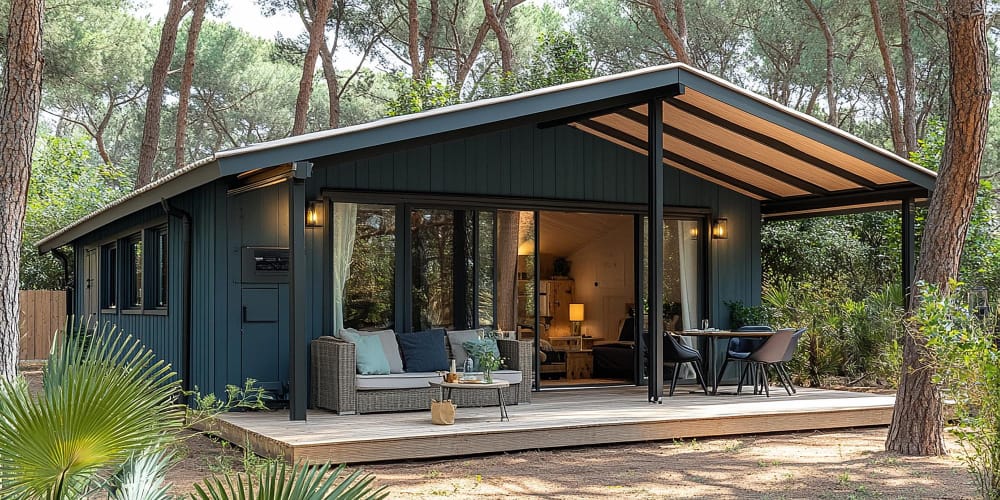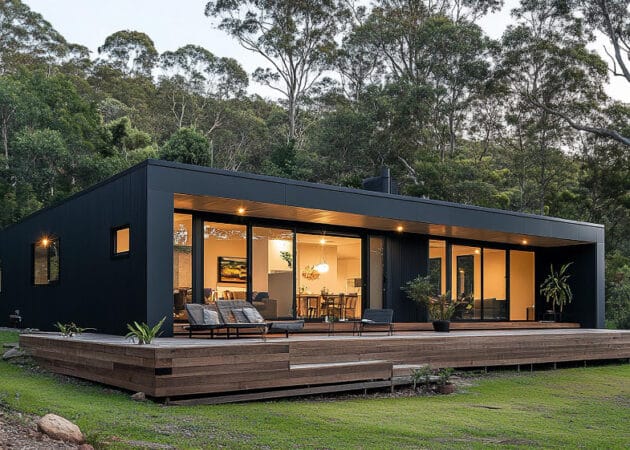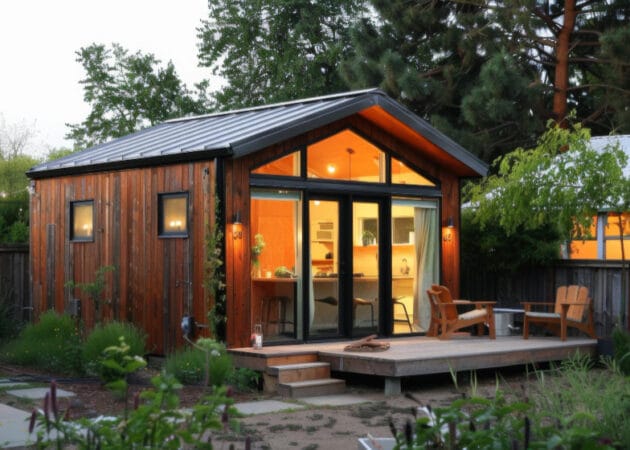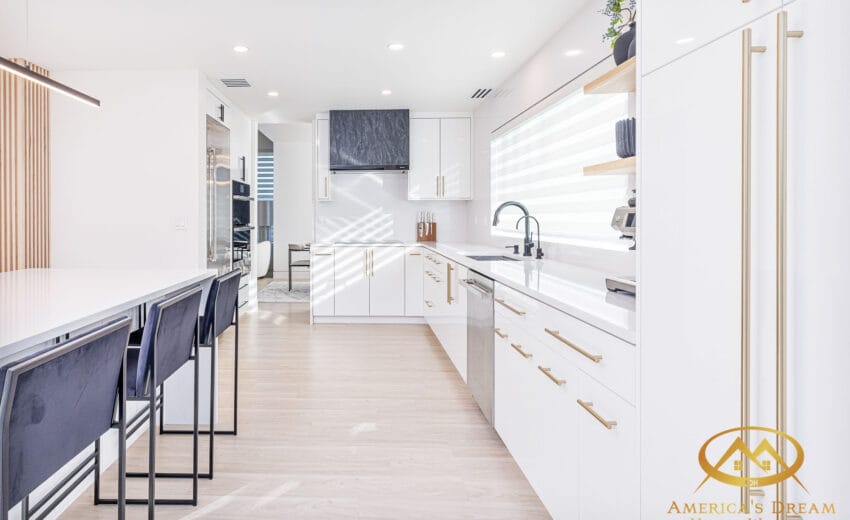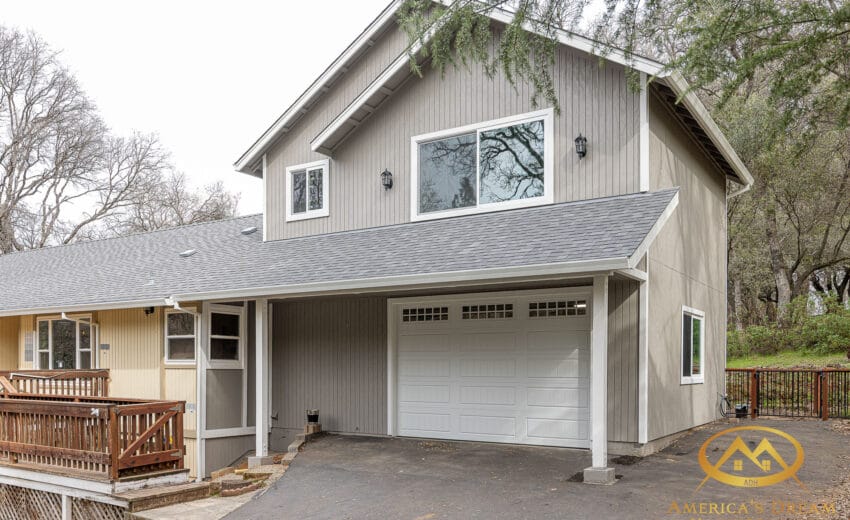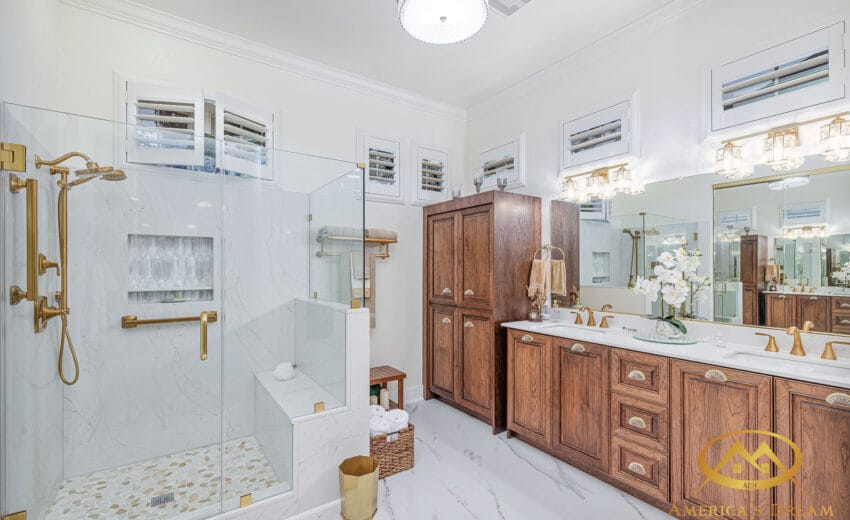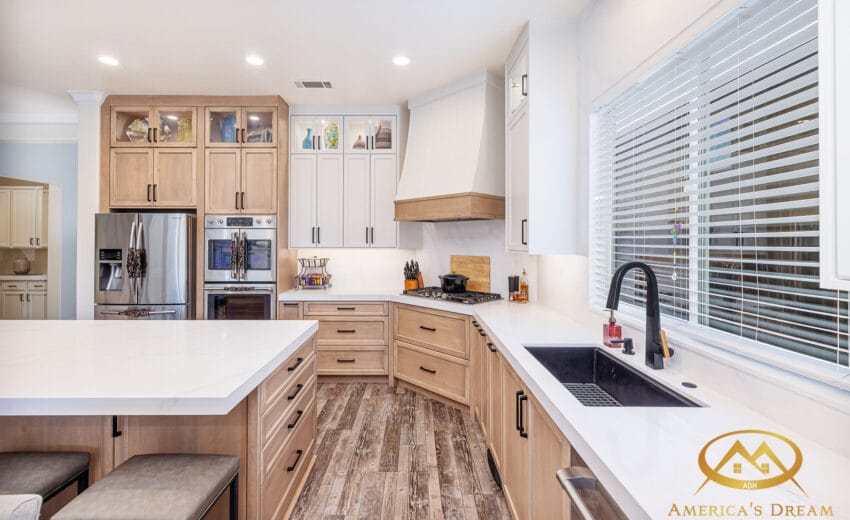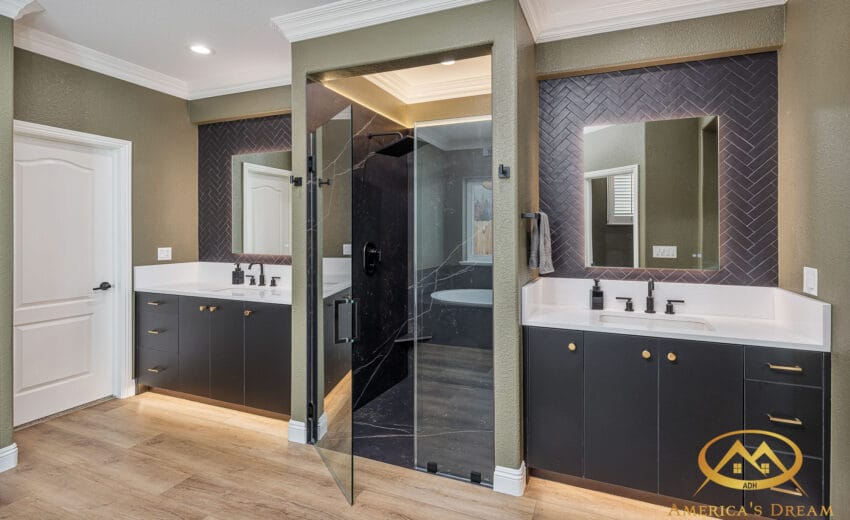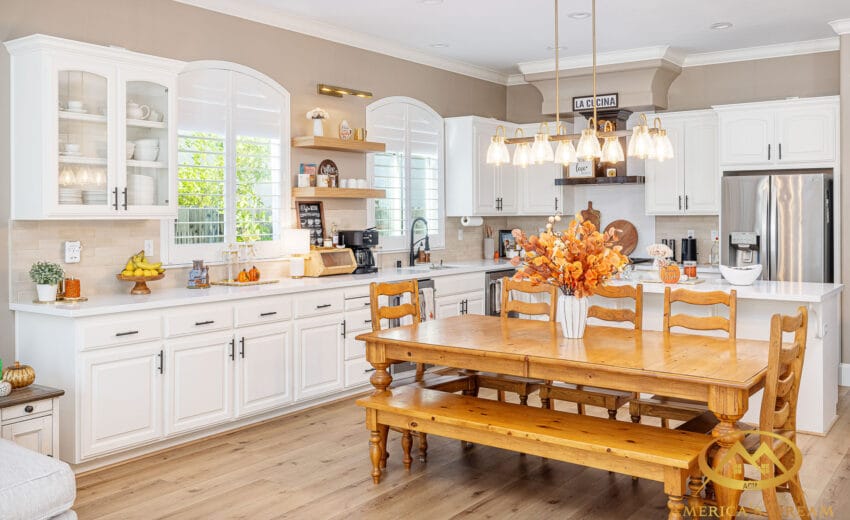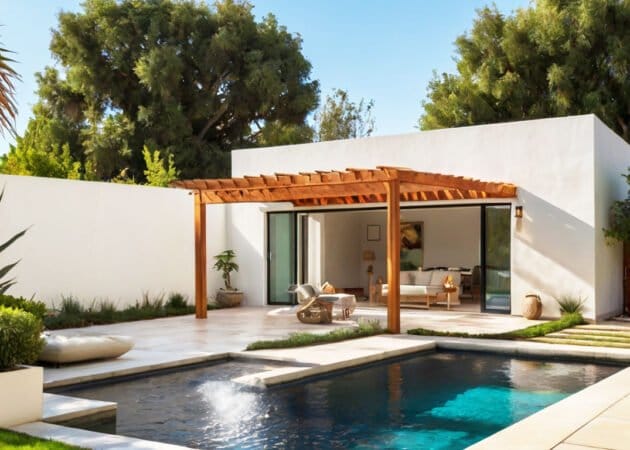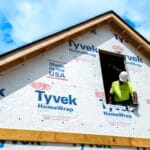As California’s housing demand continues to grow, Accessory Dwelling Units (ADUs) have emerged as one of the most effective and flexible ways to increase property value, provide rental income, or house extended family. But navigating the process—especially on a budget—requires careful planning.
This formal, step-by-step guide, inspired by the no-nonsense principles of Mike Holmes, outlines the most affordable ADU construction options in California, from permitting to build-out.
Step 1: Understand What an ADU Is and What It Can Be
ADUs, often called “granny flats” or “in-law units,” are secondary residential units that can be:
✔ Detached (standalone in the backyard)
✔ Attached (built as an addition to the main house)
✔ Converted space (garages, basements, or existing rooms)
Note: California state law allows ADUs up to 1,200 sq. ft. in most zoning areas, and many local jurisdictions have streamlined approval processes.
Step 2: Evaluate Your Property for ADU Feasibility
✔ Zoning Compliance – Verify ADU allowances with your city or county planning department.
✔ Lot Size & Setbacks – Ensure your property meets local setback, height, and coverage rules.
✔ Utility Access – Consider existing sewer, water, and electrical hookups.
✔ Accessibility – Confirm that there’s room for a separate entryway and pathway.
💡 Pro Insight: Hiring a site evaluation consultant can save time and avoid costly mistakes later.
Step 3: Choose the Most Affordable ADU Type for Your Needs
| ADU Type | Cost Range (Est.) | Advantages |
|---|---|---|
| Garage Conversion | $60,000 – $100,000 | Utilizes existing structure, fastest |
| Detached Prefab Unit | $100,000 – $150,000 | Faster build, minimal site disruption |
| Attached ADU Addition | $120,000 – $180,000 | Integrated utilities, privacy |
| Custom Detached ADU | $180,000 – $300,000+ | Fully customizable, adds property value |
💡 Budget Tip: Prefabricated units save both construction time and labor costs—ideal for homeowners seeking rapid ROI.
Need inspiration? View Inspiration Projects to see real-life transformations across California.
Check Our Recent Projects
Step 4: Secure Financing and Permits
✔ Financing Options: HELOCs, renovation loans (Fannie Mae Homestyle®), cash-out refinancing, or ADU-specific financing programs.
✔ Permitting: Expect plan review, energy code compliance (Title 24), and utility approval. Most cities now offer expedited permitting for ADUs.
💡 Mike Holmes’ Rule: Never start without a signed contract, verified permits, and insurance from your builder.
Step 5: Select a Reputable, Licensed ADU Builder
✔ Must be licensed and insured in the state of California
✔ Ask for client references and view completed projects
✔ Ensure they’re familiar with California ADU code and green building requirements
Need help choosing? Here’s Thinking About an ADU Near Me? Here’s What You Need to Know.
Top Affordable ADU Builders in California:
Villa Homes – Known for cost-effective prefab units and streamlined approvals
Acton ADU – Design-build model with local permitting experience across multiple counties
United Dwelling – Focus on garage conversions and compact prefab models
Step 6: Plan the Interior Layout & Cost-Saving Features
✔ Open floor plans reduce framing costs and maximize space
✔ Use multi-functional furniture and built-in storage
✔ Choose durable, mid-range finishes (Vinyl Plank Flooring, pre-fab cabinetry)
✔ Opt for energy-efficient windows, tankless water heaters, and mini-splits for HVAC
💡 Sustainability Insight: Energy-efficient upgrades not only reduce utility bills—they help meet Title 24 compliance, avoiding penalties.
Final Thoughts: Affordability Without Compromise
Constructing an ADU in California doesn’t have to break the bank. With the right planning, builder, and financing, you can:
✔ Add living space or rental income
✔ Increase property value and flexibility
✔ Achieve code-compliant construction on a realistic budget
Just remember: Plan smart, build right, and always check credentials. Because—as Mike Holmes says—“You’ve got one shot to make it right.”
Want to start your journey? Explore ADU Near Me: How to Start Building Your Accessory Dwelling Unit.
